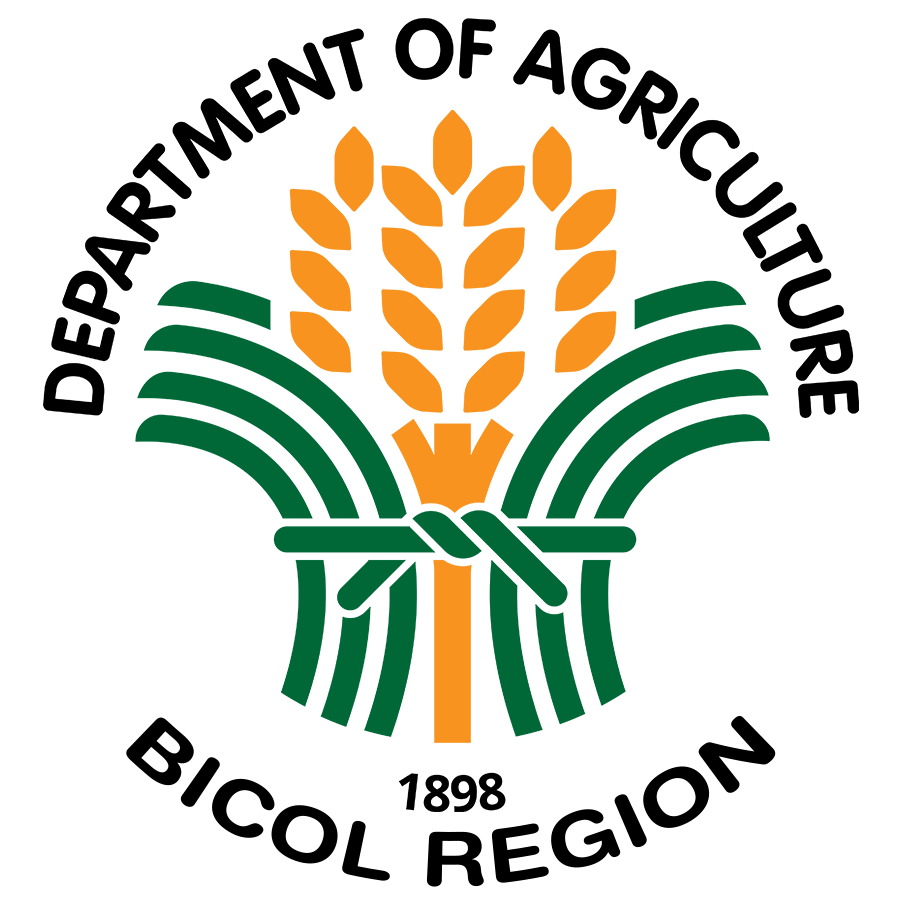Regional Corn and Cassava Program Coordinator Lorenzo L. Alvina challenged Bicol’s provincial coordinators and agricultural technicians to determine possible and additional production areas for expansion of corn, cassava and sorghum, the Department of Agriculture’s new priority commodity. The latter is being promoted because of its rising demand in the animal feed, distilled beverage, and starch industries. Sorghum bioethanol is also valued as a substitute for gasoline.
At a Planning Workshop on the Expansion of Corn, Cassava and Sorghum Areas in Bicol attended by 90 agricultural extension workers (AEWs) and program coordinators from Albay, Camarines Sur, Camarines Norte, Sorsogon and Masbate, Alvina called for support from his provincial and municipal counterparts to identify targeted areas for expansion necessary to address the growing demand for said commodities.
“We need to strategize kung anong interventions ang puwede,” he said.
Dr. Mary Grace DP. Rodriguez, OIC-Chief of the Field Operations Division, on the other hand, told the participants that the workshop was a proactive activity and encouraged them to open their hearts, minds, and understanding as DA ventures in sorghum production.
This 2019, DA-Bicol targets 61,987 hectares for yellow corn production; 59,105 hectares for white flint corn production; 1,385 hectares for white glutinous corn production; 5,574 hectares for cassava production; and 10 hectares for sorghum production. Meanwhile, in 2020, DA-Bicol projects a 12,000-hectare expansion for sorghum production.
The AEWs and provincial coordinators committed to achieve these targets as they identify the areas in their respective localities which are suitable for production and expansion of said crops.
Alvina promoted the use of Applied Geotagging Tool to document the expansion areas. Geotagging also known as geolocation is the practice of associating a digital resource with a physical location. The DA has been mainstreaming AGT, which uses Information and communications technology (ICT) and Global Positioning System (GPS) application to get an accurate spatial visualization of interventions. He also announced that the DA-Bicol Corn Program is currently developing an application called #Maize pa more! which can track the accurate area and location of corn production area, corn buyers, feedmillers, seed suppliers and other stakeholders in the corn industry. Bjorn Boris de los Santos, Geographic Information System Specialist, and the technical team from the DA’s Disaster Risk Reduction and Management Office assisted the participants in the installation and application of said technologies.
Romualdo Elvira of Palaya Eco-Farm Corp. and Agritech Jerick C. Marcaida of San Miguel Food Inc. also shared some prospects for the Bicol corn and cassava industry. Agribusiness and Marketing Assistance Division Staff Sarah Apuli updated the participants on the corn and cassava farmgate and retail prices while Kenneth Valencia and Michael Jordan Roquid of Agricultural Credit Policy Council oriented them about the Production Loan Easy Access (PLEA) and Survival and Recovery (SURE) Programs.
Moreover, Engr. Christopher P. Gloria, insurance underwriter from the Philippine Crop Insurance Corp., discussed the available insurance lines that farmers may avail. Furthermore, Corn Program staff Khalem Joshua Fortuna and Agriculturist I Cindy M. Pardo of the Regional Crop Protection Center provided information about the Seeds Inventory and Trichogramma Allocation, respectively.
Corn crop estimates from January to December 2018 shared by Naser Tuazon, Statistical Specialist II of Philippine Statistics Authority (PSA), show that Bicol region’s corn production reached 279,732 metric tons with a harvested area of 111,900 hectares and 2.50 metric tons per hectare yield. (Annielyn L. Baleza, DA-RAFIS V)
